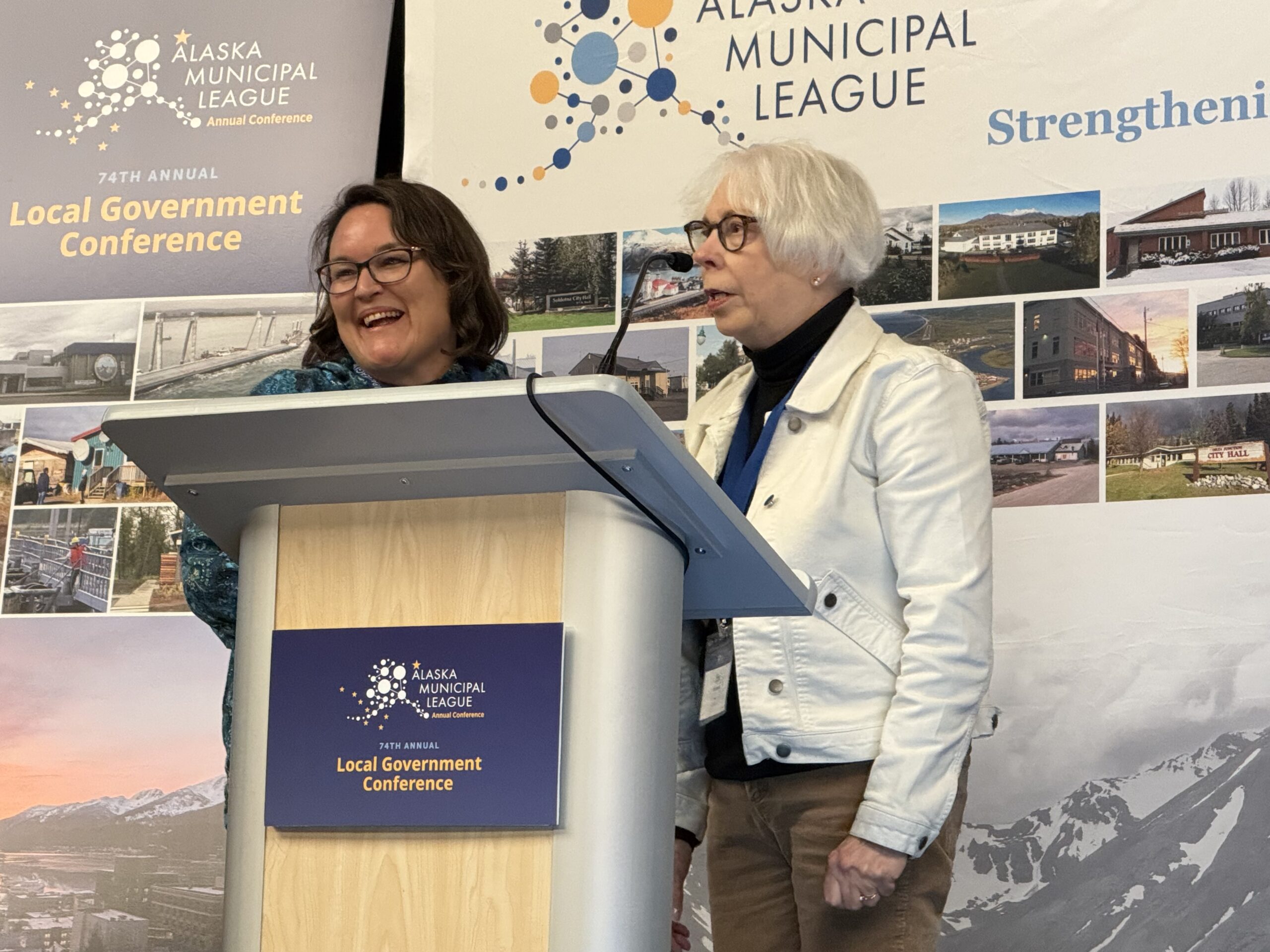Last month, I had the opportunity to attend a New York State Community College Business Officers Association (CCBOA) conference where John Zogby, founder of John Zogby Strategies, made a startling statement. He said that, due to rapid developments in medicine, biogenetics, and technology advancements, “The first person to hit the age of 300 is already born.”
 While the age of 300 may seem farfetched and hard to comprehend, the underlying challenges of dealing with any significantly aging population has many consequences, coupled with changing demographics.
While the age of 300 may seem farfetched and hard to comprehend, the underlying challenges of dealing with any significantly aging population has many consequences, coupled with changing demographics.
From social security, to Medicare, to state and local pension systems as well as nursing homes, our entire “golden years” financial infrastructure is based upon retirees living to age 85 or so. If lifespans really do extend to triple digit levels, these systems will require a complete reconstruction of income vs expenses. This will pose challenges well beyond any forecasts currently floating between Wall Street, Washington,D.C. and Main Street.
The ability to deal with such longevity issues will require strong leadership, realistic solutions, and hard decisions, given the financial strains and stretched resources that are sure to ensue.
We see a great example already underway as several major medical centers are looking to repurpose the vast square footage of old shopping malls into spacious orthopedic and ambulatory facilities. Done right, there would be adjacent restaurants and shops for family members to take advantage of during lengthy waiting periods. This is a sign of new trends that may well do away with traditional hospital facilities with their overcrowded waiting rooms, stale coffee, and limited “hospital-food” options.
 Trends like these flow through the thinking here at three+one® every day. We’re constantly seeking new, innovative technologies for those that serve the public. The ability for public and HigherEd entities to plan for these lifestyle changes and their effects on one’s liquidity, now and into the future, will require serious discipline and forward thinking.
Trends like these flow through the thinking here at three+one® every day. We’re constantly seeking new, innovative technologies for those that serve the public. The ability for public and HigherEd entities to plan for these lifestyle changes and their effects on one’s liquidity, now and into the future, will require serious discipline and forward thinking.
Even if living to 300 never happens, it’s clear a lot more of us will have three-digit lifespans. It’s not just federal and state governments that have to be concerned about our aging population. Entities like yours will need to be proactive in serving the needs of longer-living Americans and their families. It’s good to know that we’ll be here to ease your efforts.


